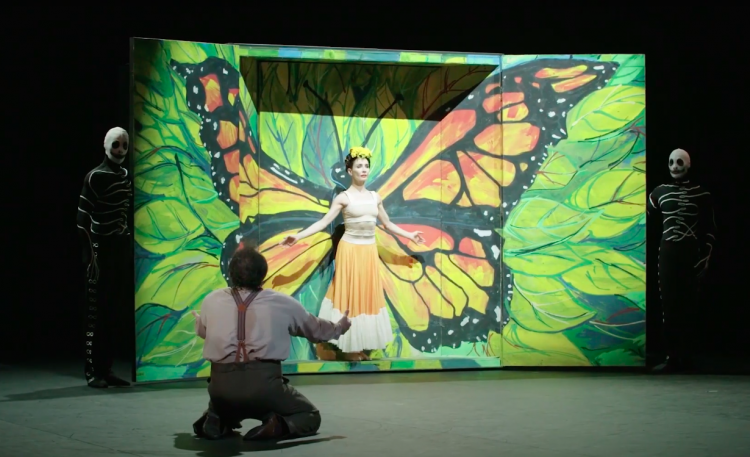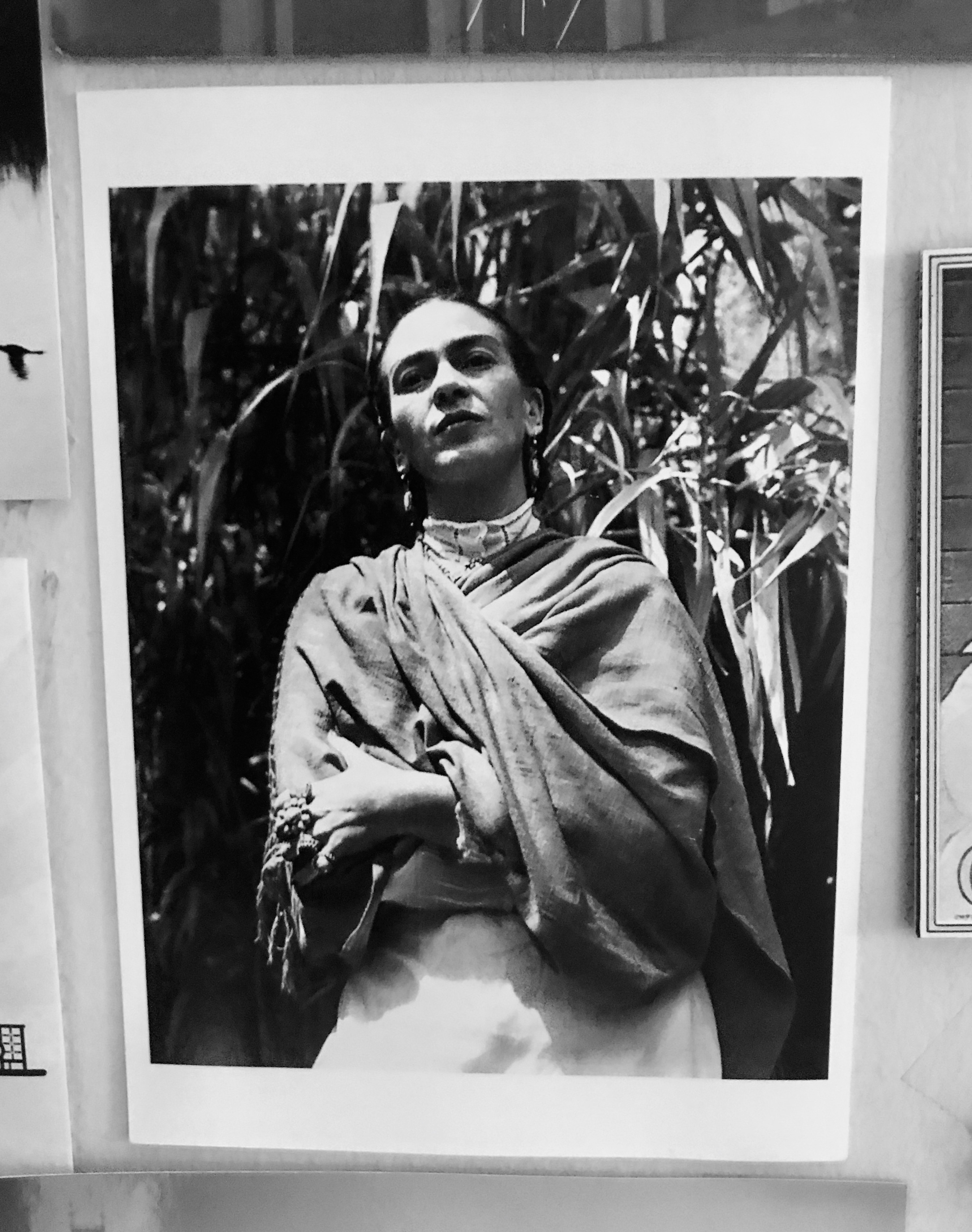Frida Kahlo's Broken Wings

I remember it as clearly as ever; after all, it all happened just a week ago. As I was sitting idly by, mindlessly focused on the Caribbean sunset before my eyes, I received an alert from Outlook letting me know I had just received a curious email from a friend. The email read that my name had flashed upon the person’s mind when she heard about a certain ballet called Broken Wings, highlighting the life and troubles of Frida Kahlo.
Ever since I can remember, I have had an adoration for the Mexican artist. Frida Kahlo has always been present in my life, influencing and guiding me not only as an artist but as a Latina.
Seen dancing with skeletons, with representations of her own paintings and with her husband Diego Rivera, who was also a painter, Broken Wings offers us a true portrayal of Frida’s life. Choreographed by Annabelle López Ochoa for the English National Ballet, Broken Wings is indirectly transforming the world of ballet.
To be honest, I am not a ballet connoisseur but usually, when one hears about ballet, the mind will immediately wander towards the famed Nutcracker, the Bolshoi masterpieces or, to speak generally, beautiful and elegant presentations. Not to say that Broken Wings isn’t beautiful and elegant; Broken Wings is inevitably different in subject matter and choreography.
And although there are wide varieties of ballets that feature diversity, the decision to create and choreograph a ballet centered around a bisexual Mexican painter is definitely a peculiar and interesting one.
Tamara Rojo, who plays the figure of Frida, does a marvelous job at representing the pain that Frida felt – both emotionally and mentally – what she went through, and how she chose to channel the sufferings in her daily life. Seen flailing her arms around, resembling a bird trying its hardest to fly away, Rojo gives movement and action to the title of the piece as well as to Frida Kahlo’s most famous quote: “Feet, what do I need you for if I have wings to fly?”
The figures of Frida and Diego dance gracefully, showing the audience the unity and codependency that characterized the pair. Frida and Diego are now recognized as one of the most famous couples through history; however, Frida suffered greatly in her relationship with Diego as he cheated constantly on her.
But Frida forgave him, and forgave him again...and then again. Their mistakes were overshadowed by the love they felt and in the end, they were always there for each other. The dancers portrayed this dynamic and complex relationship into a beautifully mastered choreography where we can feel the passion and intensity through each twirl, each peck, and through their electric transitions.
In order to represent the importance of art in her life, the production of Broken Wings chose to portray them through the dancers themselves. Dressed in certain figures of her paintings, which duly noted are mostly self-portraits, the audience sees these representations as we see a deer with several arrows in her body from The Wounded Deer (1946), a tehuana Frida from Self-Portrait as a Tehuana (1943) and a Frida with a hummingbird as her unibrow, to mention but a few.
The stage decoration is simple: just a black box in which images were projected. Her handwritten words, splattered blood, and a beautiful butterfly were some of the projections seen in the piece. The lack of decor makes us focus on the dancers, their movements, and the tragic story of Frida’s life.
An image of Frida Kahlo in my wall / Image Credit: Paulina TrigosThe ballet production followed the course of her life from before her accident until her death, where she is shown to be transformed into a beautiful monarch butterfly. One of the main events of Frida’s life that we are shown is the moments before her bus accident where she dances joyfully until the accident which caused many medical problems with her spine and walking function throughout the years.
After this, Frida was never quite the same but she reinvented herself and became the icon we know of today. This is clearly shown in the piece as Tamara Rojo, through the power of dance, shows us that Frida’s life was a constant rollercoaster of being up and then suddenly down.
One moment she leaps through the air, dancing with her paintings as color and vivacity surrounds her, until suddenly the figure of the skeletons creep in reminding both Frida and the viewers of the lurking of death at her door. As the skeletons sweep her away, Rojo demonstrates the beginnings of her medical problems by showcasing paralyzed movements; Frida is seen willfully dragging her legs across the stage, trying her best to keep going.
The entire ballet production was simply out of this world. There is no better way to say it. As a half-Mexican woman, seeing the boundaries of conventionality fade away making space for new voices and stories, Broken Wings was a breath of fresh air - especially during these pandemic times where distractions and hope are necessary.
Broken Wings brought Frida’s story forward, enticing the viewers to a need for learning about her art and life. The final scene of the production piece was to set Frida Kahlo free and let her fly. To let her roam around as a majestic and bright butterfly who, since the beginning, did not need feet to fly.








